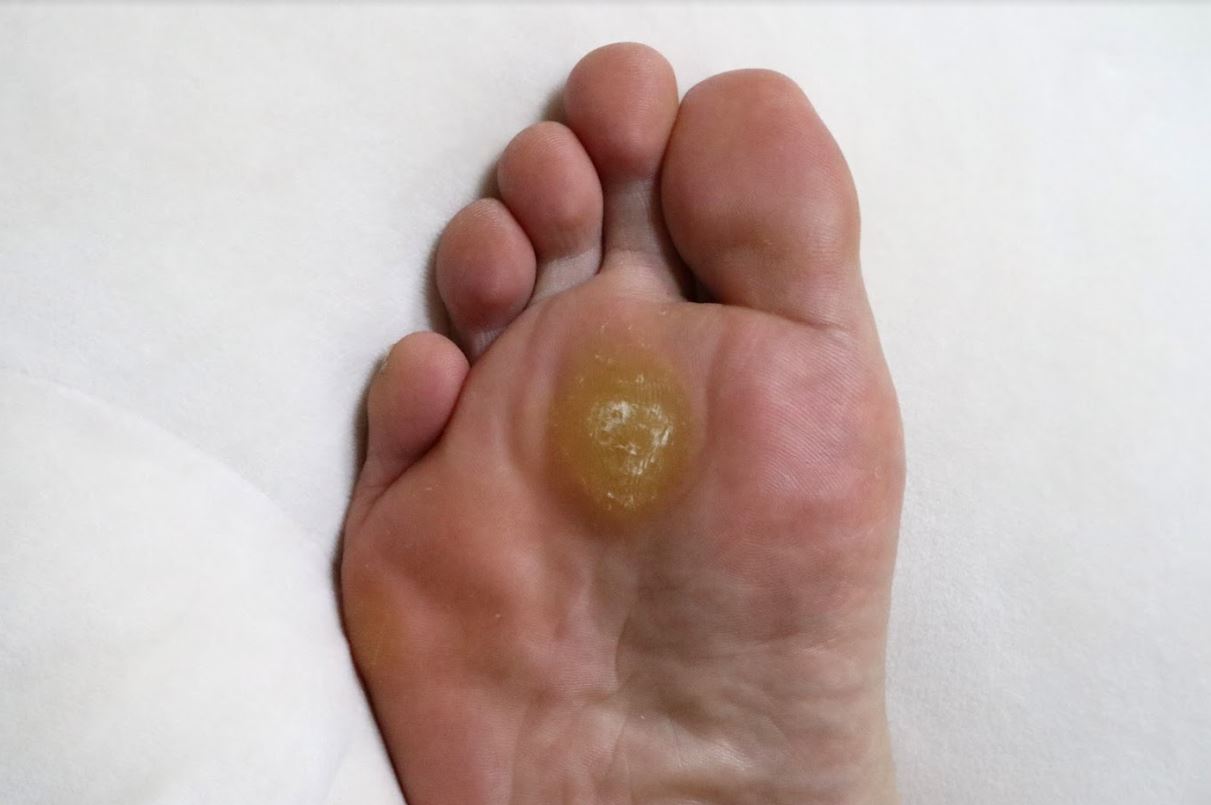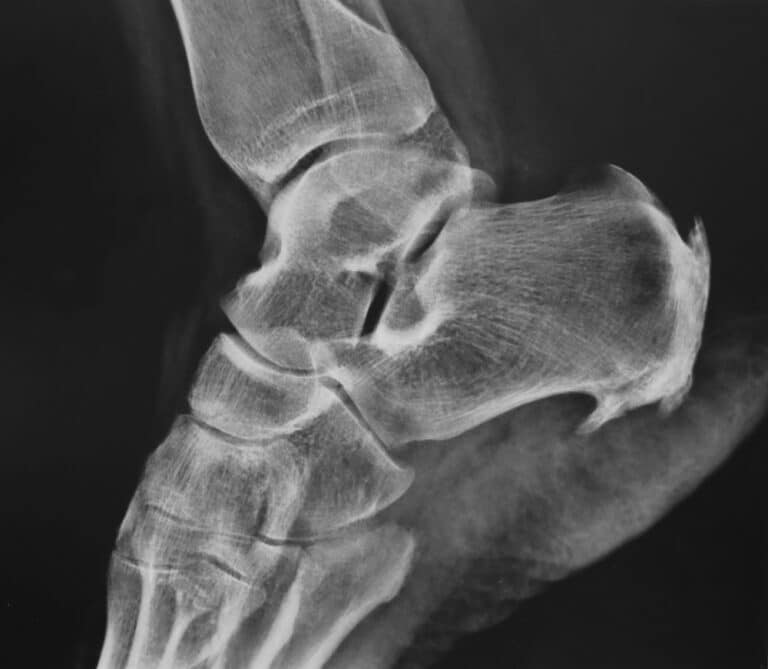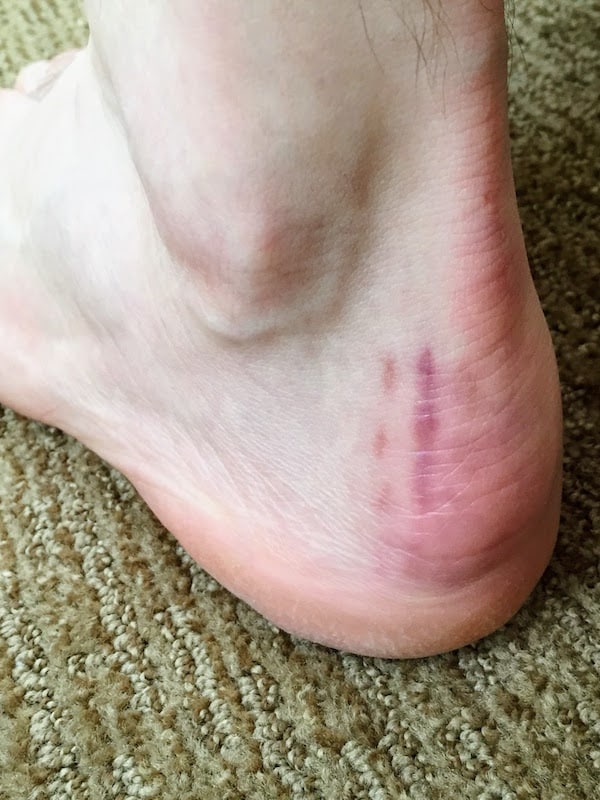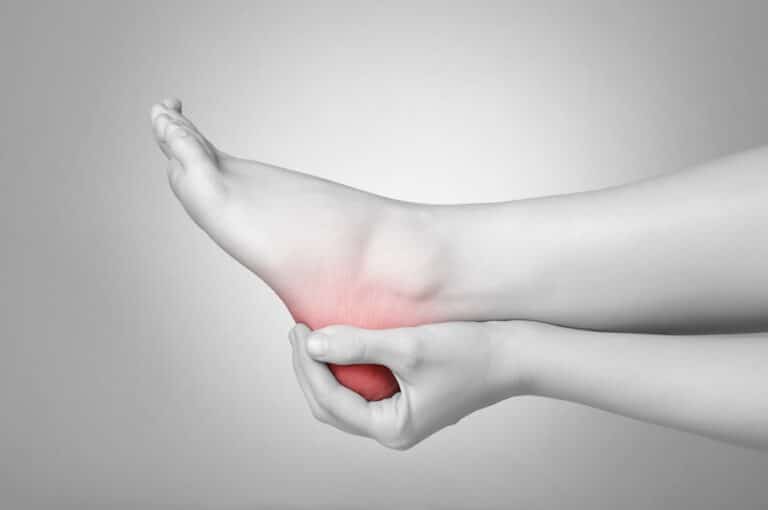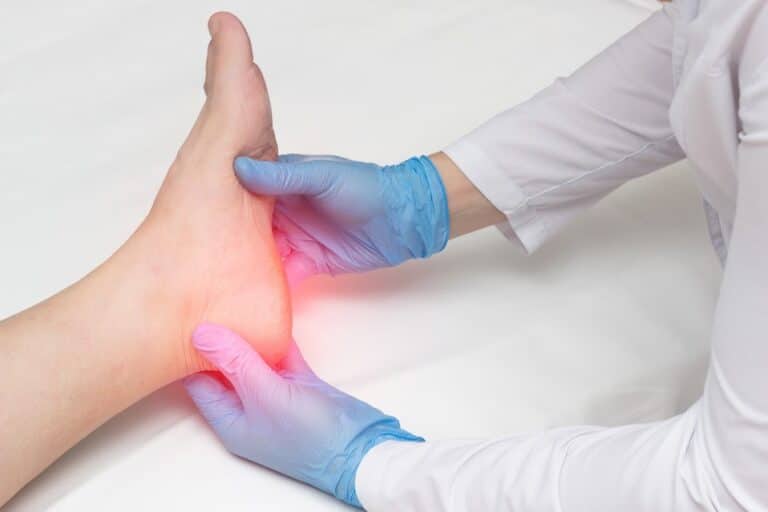Corns and calluses are two of the most common skin growths on feet – most of us will experience one of these two at some point. If you think you have a corn or a callus, how will you tell them apart? To learn more about foot corn vs. callus, be sure to keep reading. We’ve explained everything you need to know in this article.
Foot Corn vs Callus – How to Spot the Difference?
Corn and callus often seem like the same thing, and it can be hard to differentiate between them if you don’t know what to look for. While they are both skin conditions that usually appear on the foot, there are a few key differences that set them apart.
What Are Foot Corns?
Foot corns are skin growths made of buildups of thickened skin. Corn has a hard center, and it’s surrounded by swollen skin. Sometimes, it can go deep into the skin – these deep corns are shaped like a cone. The main corn types include hard, soft, and seed corns. Corns usually form on the top of the toe, on the side of the foot, or on the pinky toe. They are small and round in most cases.
What Are Calluses?
Calluses are also buildups of dead skin, but they are larger than corns and have a more irregular, spread-out shape. They are formed in the areas of the foot that bear weight – like the ball of the foot or the heel. Compared to corns, calluses usually come with fewer symptoms – they aren’t painful in most cases and can be treated purely for cosmetic reasons.
How Do Corns and Calluses Form?
The reasons why corns and calluses form are frequent friction and pressure to certain areas of the foot – it can be a weight-bearing part of the foot or a part that’s exposed to constant friction from wearing uncomfortable shoes. The buildup of hardened skin that forms is essentially your body’s way of protecting the skin from damage.
Who Is More Likely to Get Them?
These skin conditions can occur at any age, and even though everybody can get them, people with other foot problems like hammertoes and bunions are more at risk for developing corns and calluses. The skin on top of these deformities is exposed to friction and pressure from shoes, which often results in its thickening as a way of protection.
What Are the Causes of Corn and Calluses?
As we’ve mentioned, uncomfortable shoewear is the main reason one might develop a corn or a callus. Tight shoes and high heels put excessive pressure on some parts of the foot. Apart from this, another cause of these skin conditions is not wearing socks underneath your shoes – this causes friction to your foot.
How Are Corns and Calluses Treated?
Corns and calluses aren’t urgent medical conditions. Before you reach out to your doctor, you can try some at-home removal methods. The most common ones are filing down the lesion with a pumice stone (after soaking it in warm water, of course) and applying pads that contain salicylic acid (but keep in mind that these can leave white spots after treatment).
Contact Your Surgeon in Miami and Get Rid of Both Corns and Calluses
If you’re looking for a skilled medical professional who can help you get rid of unpleasant skin growths on your feet, such as corns and calluses, the Luxe Foot Surgery clinic is the perfect place for you. Our specialists can provide you with the treatment you deserve and help relieve you of all the unpleasant symptoms. Contact us to schedule your free first consultation – you can book an appointment by calling our office, or you can fill out an inquiry form on our website.
FAQ
Is a Corn Just a Callus?
Corn and callus aren’t the same things, although they are both buildups of hardened, thickened skin in the areas that are exposed to pressure and friction. Corn is smaller and usually goes deeper into the skin than a callus. A callus has more of an irregular shape, while a corn is round.
Can You Pull a Corn Out of Your Foot?
You should never try to pull your corn out. Instead, try soaking the foot in warm, soapy water for 20 minutes. Then, use a pumice stone to file down the layers of thickened skin.
Do Corns and Calluses Go Away?
Corns and calluses can go away on their own if you remove the source of pressure and friction that has caused them – but not in all cases. Sometimes, these conditions require treatment.
References
- Mayo Clinic. (2021). Corns and Calluses. Retrieved from https://www.mayoclinic.org/diseases-conditions/corns-and-calluses/symptoms-causes/syc-20355946
- Cleveland Clinic. (2021). Corns and Calluses. Retrieved from https://my.clevelandclinic.org/health/diseases/16896-corns-and-calluses
- Mount Sinai. (2021). Corns and Calluses. Retrieved from https://www.mountsinai.org/health-library/diseases-conditions/corns-and-calluses
